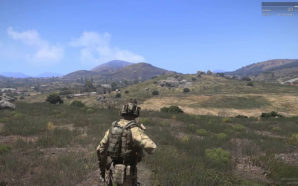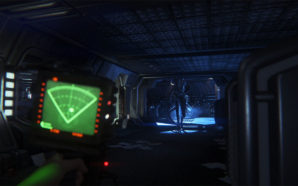Warning: this article contains spoilers for The Witcher 3: Wild Hunt’s base game.
It’s been a little over a year since CD Projekt RED’s The Witcher 3: Wild Hunt launched to widespread critical acclaim and commercial success. It’s hard to contest its quality; the game currently holds the Guinness World Record as the most awarded game of all time, sitting on 251 Game of the Year awards. With the dust cleared and The Witcher 3 cemented in videogame history, let’s take a retrospective look at what the White Wolf’s adventure did well, and explore some of its glossed-over flaws.
Inside the Mind of a Witcher
In my experience with The Witcher 3, I felt the bestiary and enemy diversity were its strongest assets. They do not only a fantastic job of creating an authentic and varied game world, but they also keep the gameplay loop fresh and engaging. Monsters are only added to the bestiary once they’ve been defeated – sort of like a murderous Pokedex – meaning that players must experiment with different options and gauge their efficacy. On higher difficulties, firm knowledge (or frequent consultation in my case) of the bestiary becomes necessary for survival, forcing the player to alter their strategy depending on the opponent.
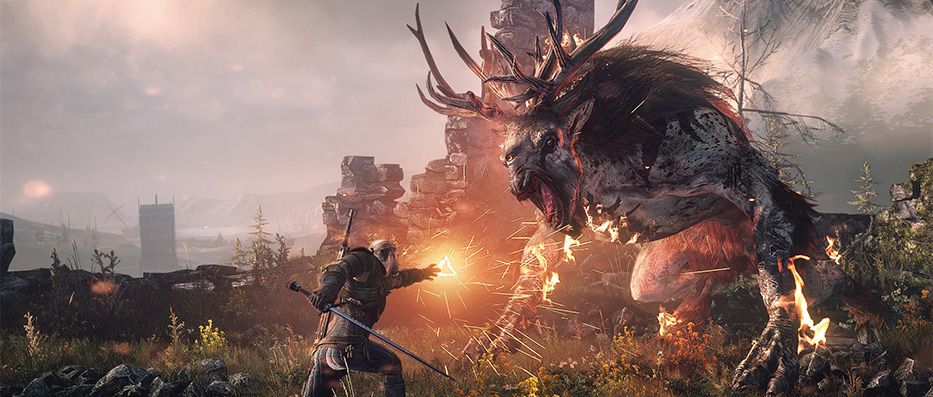
Particularly when factoring in the game’s tertiary Witcher Contracts, it becomes apparent just how well players are thrust into Geralt’s mindset. Encountering an enemy and articulating a strategy isn’t something unique to The Witcher 3, but since its primary character is a monster hunter with an intimate knowledge of the bestiary, such decisions also make the game a much more immersive (and rewarding) experience, as Geralt’s knowledge and the player’s knowledge are one and the same. Fighting hostile humans is a similar ball game, with shield enemies requiring a different approach to bandits with two-handers for instance, but understandably lacks the sheer depth of the monster fights.
Contributing to the overall immersion are the different approaches to conflict resolution available in the game. Players may solve problems and conflicts usually through one of four ways; the player can bribe, use magic to deceive, convince them through conversation, or like a rational adult, attack the person until they do your bidding.
What’s excellent about this system is that all of the choices are congruous with Geralt’s character. I found myself resolving conflicts in different ways depending on the situation, beating bandits for information one day and talking them into it the next, both of which felt organic. This continues throughout the whole game, and it’s a rare touch in a game with both a defined character and freedom of choice.
Flawed Loot System
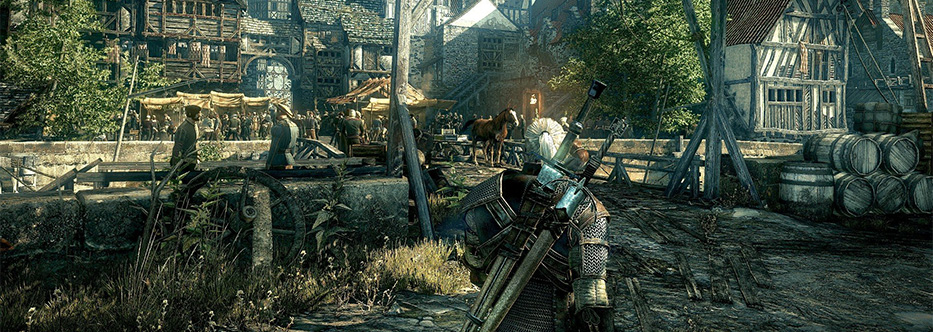
Whilst the fundamental gameplay design is great, I do have some issues with how The Witcher 3 conducts itself as an RPG, particularly when it comes to loot. Loot distribution and statistics are all over the place in The Witcher 3, with the ever-improving Witcher Gear sets proving especially problematic in this regard. These armour & weapon sets are typically much stronger than anything else within their level range, and can be consistently upgraded as you progress throughout the game.
It’s not particularly hard to obtain either – the crafting diagrams are scattered throughout either abandoned fortresses or poorly guarded cave systems, and the components are far too common for such outrageously powerful gear. It can feel underwhelming to complete a difficult quest or slay a gigantic beast, only to receive a weapon that deals a hundred fewer points of damage than the god-tier blade you did nothing to earn.
On a similar note, I felt the loot very rarely changed the gameplay, and is consequently less enticing for it. There are only two weapon types – heavy axes and swords – neither of which are different from one another bar aesthetic differences. I personally felt there was a missed opportunity in the game’s unique ‘relic’ weapons, which could have taken a leaf out of Diablo’s book.
In Diablo, most of the unique legendary loot has some kind of special ability that has a noteworthy impact on the gameplay; one legendary quiver allows the Demon Hunter to fire rapidly without resource costs, whilst another piece of legendary loot allows the Barbarian to force enemies to fight on their side for a short duration. In The Witcher 3, most of the item effects just increase the intensity of the player’s magic sign abilities, but very rarely is it an exciting or gameplay-altering effect.
When Inspiration Goes too Far
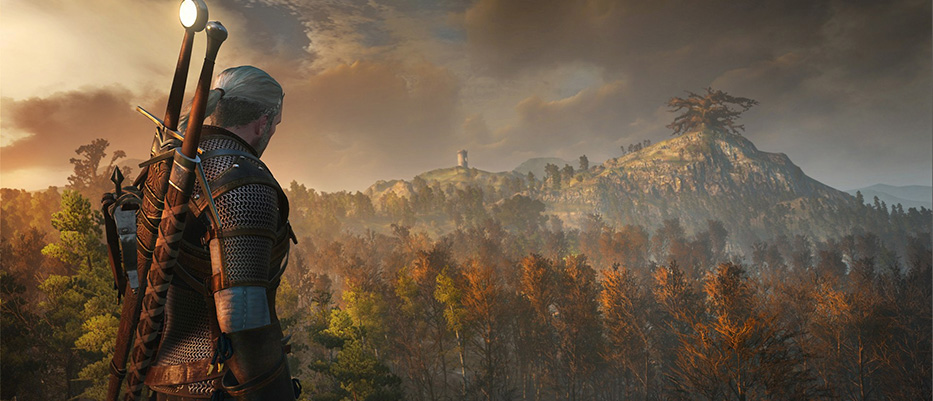
One of my biggest contentions with The Witcher 3 is in its story. It can feel like an identity crisis at times, with the game world challenging the typical conventions of fantasy a la A Song of Ice and Fire (Game of Thrones) whilst the main story abides by just about every fantasy trope in the book. The game’s Velen area shows the dark side of oft-romanticised fantasy wars, where the smallfolk pay the price for battles waged by noblemen in towers far away.
In this respect, The Witcher 3 deviates from typical fantasy, but the main story seems to go for a completely opposite approach. The game’s antagonistic force, the Wild Hunt, are derivative of Sauron and his army in both ambition and appearance, and many of the game’s characters from Zoltan the comic dwarf to Dandelion the eccentric bard feel like Western fantasy stereotypes more than fully realised characters. There are a handful of standout characters, with the Bloody Baron being a great example, but for a game this long, the bland and by-the-numbers narrative can get a little grating.
This is exacerbated by the main plotline’s snail pace, where the player spends the first 15 hours of the game searching for Ciri. During and after this time, many characters and plotlines are introduced and left with loose ends and no resolution, such as the Lodge of Sorceresses, Dandelion and Zoltan and Yennefer/Triss (depending on your romance choices).
Most of the game’s main resolutions come in the form of a minute-long cutscene which very briefly touches on some of the post-game events based on your actions, such as Geralt’s future and the outcome of the Northern Wars, but none of this really feels like closure. The sidequests are where Witcher 3 truly shines, but for most players they will be a much smaller fraction of the game.
Looking Back and Beyond
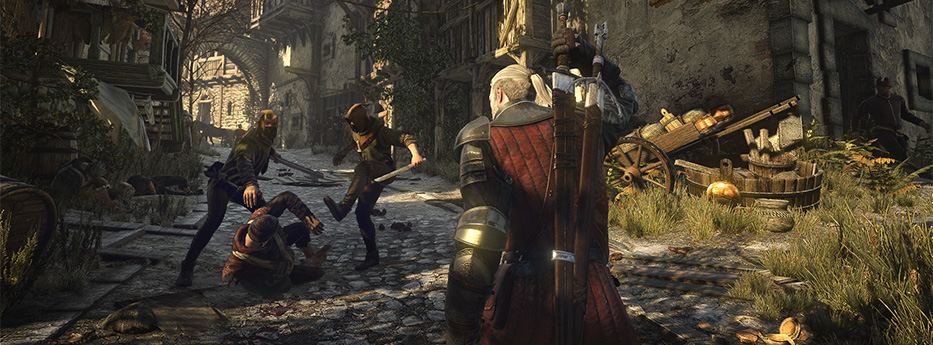
Whilst I think The Witcher 3 mostly compensates for its shortcomings with its exemplary union of world building and gameplay diversity, I definitely think it could use some pacing improvements and better progression rewards.
To me, it isn’t necessarily a 10/10 game, or 2015’s Game of the Year. What it is though is a fine game, and a testament to the talent and potential of the developers. It certainly gives me tremendous hope for CD Projekt RED’s next big game, Cyberpunk 2077, and whatever the future brings.





